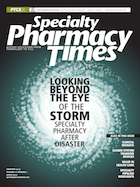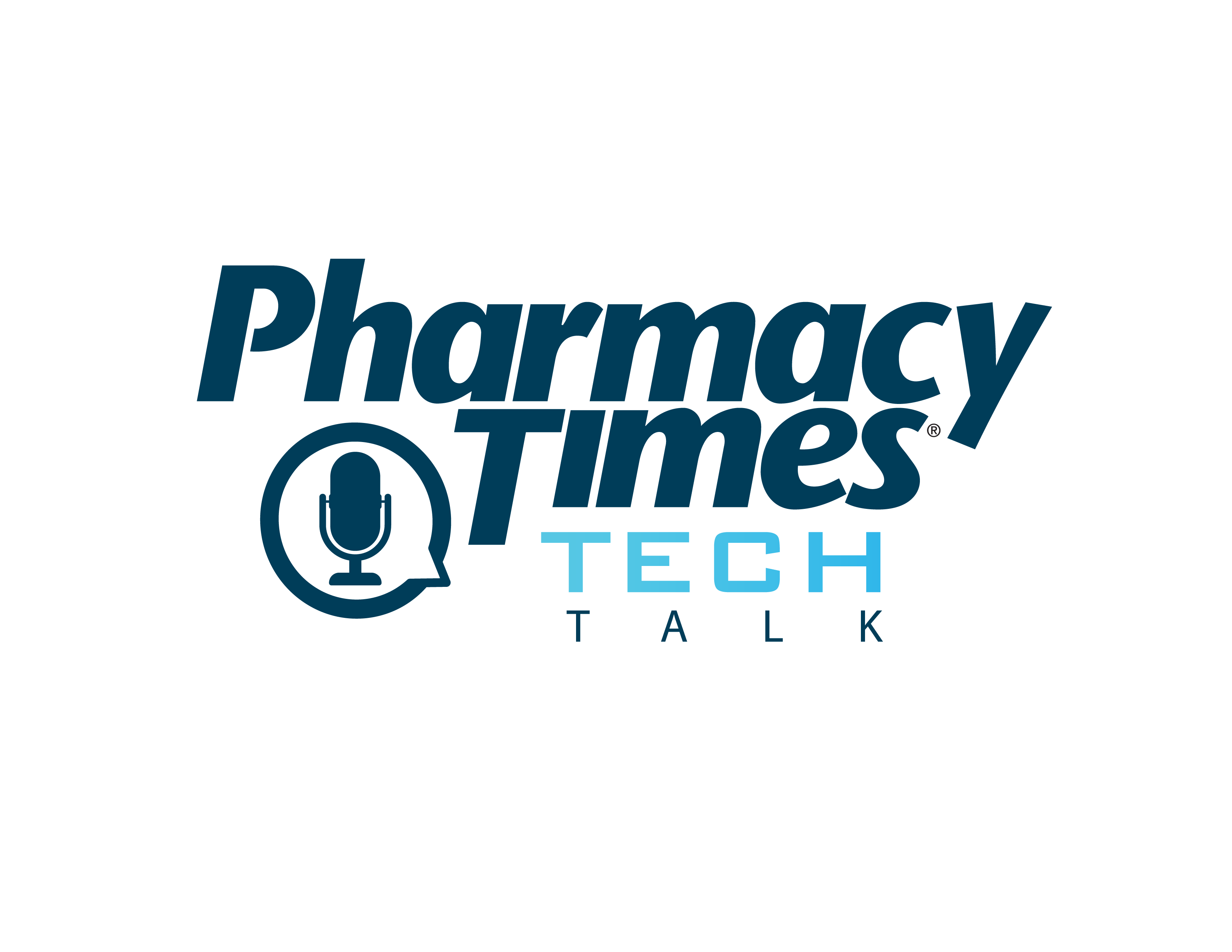Publication
Article
Specialty Pharmacy Times
Actions Following the FDA Compounding Priorities Plan
For a current compounder or someone looking to enter the space, it is imperative that their business remains on top of the latest compounding developments.
Last January, the FDA released its 2018 Compounding Priorities Plan to outline how the agency intended to implement certain key aspects of the Drug Quality and Security Act (DQSA) and other provisions of applicable law related to compounding.
Specifically, the plan detailed how the FDA would:
1. Address manufacturing standards for outsourcing facilities.
2. Regulate compounding from bulk drug substances.
3. Restrict compounding of drugs that are essentially copies of FDA-approved drugs.
4. Solidify the FDA’s partnership with state regulatory authorities.
5. Provide guidance on other activities that compounders undertake.
The FDA took substantive actions regarding these 5 categories last year and hopes to address all 5 by the end of 2019. The agency’s 2018 policies and actions related to compounding were largely based on its stated objectives of balanc- ing access to necessary compounded drug products and aiming to ensure the utmost safety of compounded drug products. It is important to keep in mind that the FDA has stated that compounded drug products can pose unique risks.
What follows is an overview of the FDA’s policies and actions related to the plan.
Address Manufacturing Standards for Outsourcing Facilities
The FDA stated that it was looking to make the process of becoming an outsourcing facility more efficient and less costly in order to encourage more traditional compounding pharmacies to become outsourcing facilities. To that end, the agency planned to issue proposed regulations on specific current good manufacturing practice (CGMP) requirements that pertained to outsourcing facilities. Drug products compounded by 503B outsourcing facilities are not statutorily exempt from current CGMPs; however, there are currently no specific CGMP regulations for outsourcing facilities. Presumably, the FDA likely anticipated that issuing such regulations would take some time. In the interim, the FDA also proposed revising a draft guidance to describe a new flexible risk-based approach to CGMP requirements for outsourcing facilities.
On December 10, 2018, the FDA issued a revised draft guidance regarding CGMP standards for outsourcing facilities. The guidance includes revisions related to release testing, stability testing, and beyond use testing, “as well as policies that differentiate between production of sterile and non-sterile drug products.”
The FDA is also holding a public meeting in May 2019 to solicit comments from stakeholders on the revised draft guidance.
Regulate Compounding from Bulk Drug Substances
503A Traditional Compounders
According to the Federal Food, Drug, and Cosmetic Act (FD&C Act) section 503A, 503A facilities may compound drugs using bulk drug substances that:
- Comply with existing United States Pharmacopeia (USP) or National Formulary monograph standards.
- Are components of FDA-approved drugs.
- Appear on the 503A bulks list, developed by the FDA through regulation, after consultation with USP and the Pharmacy Compounding Advisory Committee.
The FDA is working toward finalizing the 503A bulks list through regulation. In December 2016, the FDA released a proposed regulation, in which it proposed placing 6 nominated substances on the list and excluding 4 other substances. The agency continues to consult with the Pharmacy Compounding Advisory Committee.
Meanwhile, the FDA has issued an interim 503A list delineated into 3 categories. As the FDA finalizes the list, it does not intend to take action against a compounder that is using bulk drug substances listed in category 1—substances potentially eligible for the final list— assuming the conditions in the interim bulks policy are met.
In July 2018, the FDA issued a compounding risk alert regarding cesium chloride and moved the substance into category 2 of the 503A bulks list.
503B Outsourcing Facilities
According to DQSA, 503B outsourcing facilities may use a bulk drug substance to compound a drug that complies with the FD&C Act if the FDA has determined that there is a clinical need to compound with the substance and places it on the 503B bulks list or if the compounded product appears on the FDA’s drug shortage list.
In March 2018, the FDA reissued draft guidance for evaluating bulk drug substances for the 503B list, which details the FDA’s interpretation of “clinical need” and factors that the agency intends to consider when determining whether to include a bulk drug substance on the final 503B bulks list.
The criteria of March 2018 guidance are arguably much more stringent than those of the prior policy, which was used for the inclusion of bulk drug substances onto the interim 503B bulks list.
The FDA took steps to implement the most recent guidance approximately 4 months after it was issued. The FDA proposed that 3 substances included in category 1 of the interim list would not be included on the final list when it is implemented. The FDA opened a comment period on the Federal Register for interested stakeholders to weigh in on such action.
Restrict Compounding Drugs That are Essentially Copies of FDA-Approved Drugs
The FDA stated in its Compounding Policy Priorities Plan:
These provisions [restriction on com- pounding essentially copies of commercially available drugs or approved drug products] of the law are an important mechanism to protect both public health and the premarket approval process...Our goal will be to make sure that patients do not receive compounded drugs unnecessarily when an FDA-approved drug is appropriate to meet their medical needs.
To this end, the FDA also released 2 final guidance documents related to compounding what it called “essentially copies” of commercially available drugs for 503A traditional compounders and 503B outsourcing facilities.
503A Traditional Compounding
The final guidance document related to 503A traditional compounders remained basically unchanged from the prior draft guidance. The final 503A guidance focuses on the following 3 items regarding whether a compounded drug product is “essentially a copy” of a commercially available drug product:
- The compounded drug product has the same active pharmaceutical ingredient.
- The active pharmaceutical ingredients have the same, similar, or easily substitutable strength.
- The products can be used by the same route of administration.
Notably, the FDA does not consider any prescription that documents a “significant difference” to be essentially a copy. Separately, the FDA interprets “regularly or in inordinate amounts” to be 4 or fewer prescriptions of compounded drug products that may be deemed essentially copies in a calendar month.
Additionally, the FDA stated that it is considering the 503A guidance’s applicability to hospitals and health systems and will address the issue in a separate guidance or rulemaking. This has yet to be released, but it is something to look out for.
503B Outsourcing Facilities
Like the 503A guidance, the 503B-related guidance remained largely unchanged from the draft version. In the 503B guidance, the FDA uses the following factors to determine whether the compounded drug product is essentially a copy of an approved product:
- Active ingredients
- Route of administration
- Dosage form
- Dosage strength
- Excipients
However, unlike the section 503A guidance, the section 503B copies guidance does not permit a prescriber- or practitioner-determined “significant difference” exception for compounded drug products from being classified as essentially a copy if there is not a difference in the compounded drug product and approved drug product based on the above factors. Further, the section 503B guidance does not provide exemptions from requirements that apply to drug manufacturers to outsourcing facilities when compounding drug products that are solely subject to an OTC monograph.
Solidify the FDA's Partnership With State Regulatory Authorities
The FDA has looked to solidify its partnership with states through a memorandum of understanding (MOU) policy that is applicable to 503A traditional compounders (but not applicable to 503B outsourcing facilities). The MOU seeks for states to partner with the FDA for the primary purpose of addressing compounded drug products that are dispensed and distributed interstate by 503A traditional compounders. A state that chooses to enter into the MOU with the FDA is responsible for investigating certain complaints related to compounded drug products from 503A traditional compounders and reporting these complaints to the FDA. Additionally, the state must report certain information regarding the interstate distribution of compounded drug products to the FDA.
The FDA made substantial revisions to the draft standard MOU released in 2015, including:
- Revising the 30% threshold for a hard stop of interstate distribution of compounded products by 503A traditional compounders in favor of a more risk-based approach. Specifically, the new draft MOU requires states to agree to identify 503A compounders that distribute more than 50% of their total prescription orders for compounded drug products interstate and then report certain information to the FDA about those 503A compounders.
- Revising the definition of distribution that exempts a patient physically picking up a prescription from the 503A traditional compounder facility, even if the patient does not reside in the same state as the facility.
Provide Guidance on Other Compounding Activities
In May, the FDA released a final guidance regarding an updated definition that addressed outsourcing facilities, revising prior policies related to:
- Whether an outsourcing facility can be colocated with a 503A pharmacy
- Whether an outsourcing facility can also manufacture FDA-approved drugs within the same facility
- When compounded drug products intended to be produced under 503A would not also be held to 503B standards
The FDA released a revised draft guidance in September 2018 that described examples of conditions that the FDA considered to be unsanitary and in violation of the FD&C Act. The FDA also aimed to better define the circumstances under which it believed drugs were being mixed and applied in a manner that creates negligible patient risk and, therefore, would not be subject to the same compliance policy under the agency’s risk-based approach.
Conclusion
The FDA was very busy in the compounding space for all of 2018. The agency has taken numerous stakeholder comments into account and accordingly revised some of its previous policies related to compounding. Although the FDA may not make many 360° changes for the next 2 years, its focus on compounding activities under both 503A and 503B are unlikely to relent soon. For a current compounder or someone looking to enter the space, it is imperative that their business remains on top of the latest compounding developments.







